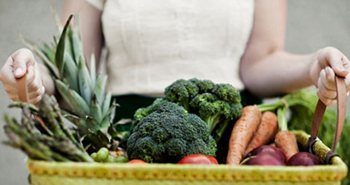Tag: diy
-

How to Save Money Gardening
There are many great reasons to start a garden, but one of the most common is to save money on food costs. Unfortunately a lot of first time gardeners quickly become overwhelmed with the initial costs of gardening — building raised bed, filling them with soil, buying all the pots and tools, and then buying […]
-

How to Make Your Own Potting Soil
Making your own potting soil is easy and can save you a ton of money! Here are several of our favorite recipes for you to help you get started with your spring planting! Despite having soil in its name, potting soil is actually a soil-less mixture crafted for growing plants in pots. Also referred to […]

